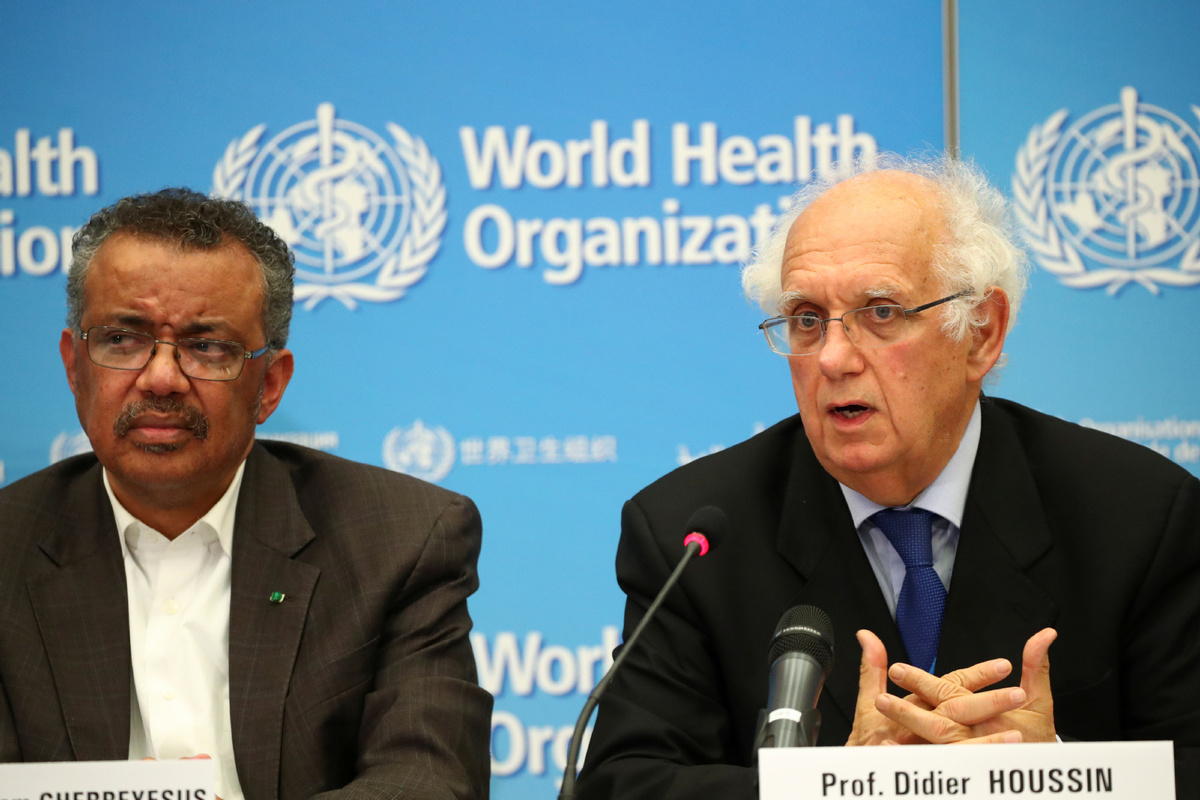- 作者: yigyooly
- 来源: original
- 日期 : 2020-01-31
From first of Jan.2020, a special type of pneumonia caused by a new type of coronavirus spread in Wuhan, China. After investigation and research by relevant administrative departments of the Chinese government, it was announced on January 21 that the virus was transmitted from person to person, and the city of Wuhan was closed on January 23 to control the spread of the epidemic.
Jan.31,2020, after who sent an expert team to China for investigation, it reconvened and decided to define some viral infections in China as PHEIC(public health emergency of international concern).
The director general of WHO said in the relevant media that he highly appreciated the super organizational and leadership ability of the Chinese government in the epidemic control. He saw the unprecedented scale and ability of epidemic control, which can be called the new standard of world epidemic control.

The World Health Organization on Thursday declared the novel coronavirus epidemic as a Public Health Emergency of International Concern, or PHEIC, after an emergency committee reconvened in Geneva, Switzerland, citing human-to-human infections have been confirmed in other countries.
Here are some key issues you may need to understand:
How to define PHEIC?
A PHEIC is defined in the International Health Regulations (2005) as an extraordinary event which is determined to constitute a public health risk to other states through the international spread of disease and to potentially require a coordinated international response.
This definition implies a situation that is serious, unusual or unexpected; carries implications for public health beyond the affected state's national border; and may require immediate international action.
The responsibility of determining whether an event is within this category lies with the WHO director-general and requires the convening of a committee of experts – the IHR Emergency Committee. The committee makes a recommendation on whether to declare a PHEIC, but ultimately that decision rests solely on the director general's shoulders.
With the PHEIC now in place, WHO will send a series of recommendations to member states aimed at controlling the spread of the disease and providing support to affected areas.
These will include recommending containment measures for health authorities, and possible future transport advisories designed to mitigate the cross-border spread of the disease while at the same time limiting disruption to travel and trade.
The WHO can recommend against border measures such as visa or import bans, border closures, flight cancelations and even passenger screening.
When a PHEIC is occurring, the WHO director-general shall issue temporary recommendations to member states, including placing suspected persons under public health observation; refusing entry of suspect and affected persons; implementing exit screening or restrictions on persons from affected areas; implementing treatment of the baggage, cargo, containers, conveyances, goods and postal parcels to remove infection or contamination; or even refusing their departure or entry.
What are the precedents?
It is the sixth time that WHO has declared a PHEIC since the designation was adopted in 2005. Declarations were announced previously for the H1N1 flu pandemic in 2009, outbreaks of polio and Ebola in 2014, the Zika virus epidemic in 2016, and an ongoing Ebola epidemic in the Democratic Republic of Congo.
How long do the PHEIC and temporary recommendations last?
Under the IHR (2005), temporary recommendations automatically expire three months after their issuance. Emergency committees are therefore reconvened at least every three months to review the current epidemiological situation and to review whether the event continues to be a PHEIC and whether changes need to be made to the temporary recommendations.









